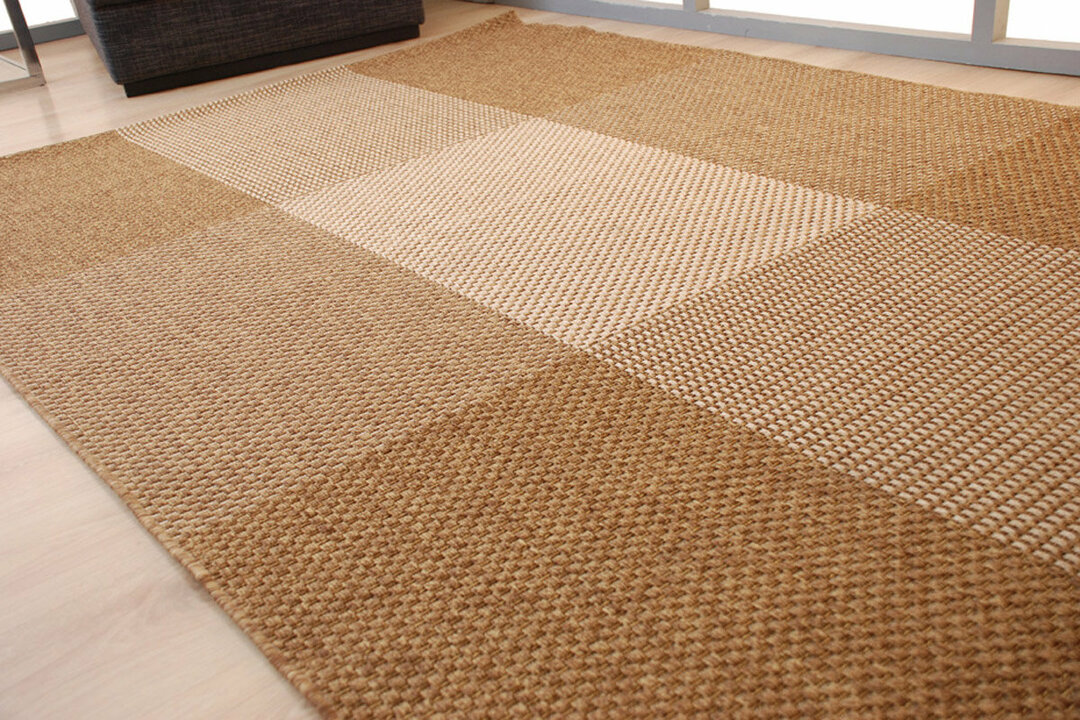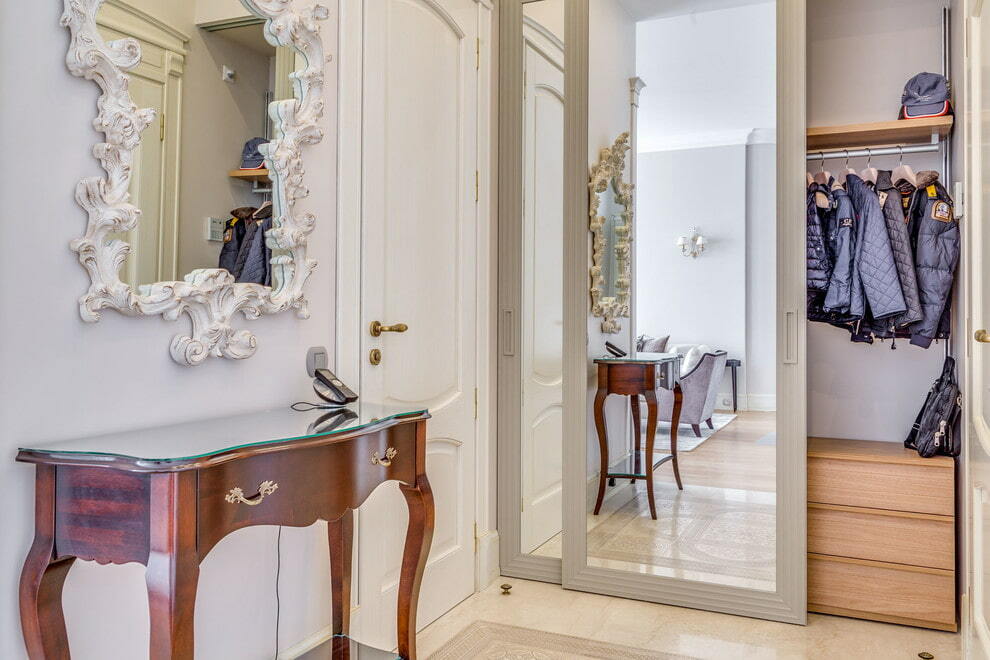Handyman well-known advantages of metal pipe. From the basics of strength of materials, we know that the tubular section modulus is much more than a solid with the same area. Therefore, the pipes have increased values of the permissible stresses in bending. But it is also known, and difficulty when you try to bend your product at home: no appropriate tool you will likely get the item with a deformed section and maloestetichnymi folds. Rent (and, even more so - to buy) the necessary snap-in most cases unprofitable. However, you can bend the pipe without bending tool, with a number of ways.
Why bad bend metal pipes
Bend something they are good, the problem is a poor product appearance, which is accompanied by a distortion of the perimeter. The latter is especially critical for the profile pipes of rectangular, square or oval cross sections.
During the plastic bending of different portions of the tube are exposed to voltages of opposite sign. External areas in the fold stretched, and internal - are compressed. If the compressive stresses are safe for most metals, the tensile contribute to the formation of cracks and tears. Especially it concerns profiles which are made of materials of medium plasticity, e.g., medium and high carbon steels, stainless steels, containing no nickel, bronze and some brands et al. Determine the exact same brand of metal, from which the product is very difficult without the proper tools and equipment.

Flexible as plastic deformation, generally quite capricious conditions to its implementation. In order to achieve a positive result is required:
- Match springing phenomenon bent profile, wherein the final value of bending angle is always less calculation.
- Provide accurate fixation of the bend portion to prevent displacement of the blank.
- Determine the minimum required value of the radius of curvature of the deforming tool.
Therefore, before starting work, determined the lowest possible shoulder bending, bending method (open or closed), as well as the sequence of operations. In particular, it is guaranteed to be successful bending is provided, if the ratio r / s> 5 (here r - assigned bending radius, s - wall thickness).
In what follows we consider the options of self-bending pipes, which can be implemented at home.
Option One - gnom tube with heating
In this case, in general no special equipment is not required, it is enough availability of the master oxyacetylene burners or conventional blowtorch. In the first case, the mouthpiece should be placed at some distance from the place of the intended bending torch should not make a concentrated, as in this case, the temperature difference between zones is too large, and the plastic properties of the material - uneven (especially carbon steel containing a higher percentage of manganese and silicon).

After heating to the desired temperature (it is easily calculated by discoloration), the bending portion need to hold down the bench screw, and perform the desired bending free portion.
Heating with a burner - more uniform, but is conjugate with the risk of reducing the strength of the workpiece material, particularly if it is intended for use in pressure pipelines. Blowtorch better use and to ensure that did not happen unnecessary vacation. It is recommended to be a sequence of operations:
- Subject to deformation portion is clamped in the bench screw, which use special rubber pads without damaging the metal.

The clamp in the grip of the bend of the tubular preform - Light a blowtorch, bring it to a desired portion, and by turning the ignition source uniformly around the outer profile diameter, warm it. Note that the superheat tube heat emanating from the torch blowtorch, is impossible, but it is possible to smoke.
- Turn off the blowtorch move the heated portion of a distance equal to the allowable bending shoulder. Further, by using a tubular key (sometimes - even by hand), bend your product, sometimes using a template.

Bending with heating, for all its simplicity, it is characterized by the following limitations:
- Deteriorates the appearance of the material.
- In case of insufficient heating temperature is likely to form folds on the inner radius of the bend (to correct such a deficiency is impossible).
- The process requires a more flexible operational possible, because thin-walled tubes cool down quickly.
- The technology is not recommended for small bending radii.
- Necessary to satisfy the increasing demands of safety, since the activated open flame.
Most often similarly bends stainless steel tube or nonferrous metals which upon heating are not prone to oxidation.
The second variant - the use of backpressure
Failures in conventional bending tubes are often associated with the presence of an unbalanced stress-deformed state of the workpiece when the external pressure on the operating the tool is not balanced counterpressure internal (resistance of the metal in this case is not sufficient, since obviously it is below the limit of plasticity).
This backpressure can be provided by injection into the gas, liquid, or other incompressible working fluid, which is characterized by a high complexity. Gas and liquid are eliminated, because to perform stable sealing the open ends of the tubular blank is very difficult at home. But always available sand or slag - they are homogeneous, non-toxic and easy to handle.
Consider the sequence of bending round tubular profile with a counter-application:

- Pre must be plugged into one of the ends of the workpiece, which can use an ordinary screw (see. Fig. 5). bolt rod should fit snugly into the internal bore.
- Prepare filling, it should be uniform and a fine not to create an internal void. For periodic compaction of sand / slag as a piston is used, any suitable diameter pin (see. Fig. 6). All the tubular blank must be completely filled with a filler (see. Fig. 7).
- Harvesting is set to metalwork vice and bent. Since the tensile strength of sand or slag is always lower than that of the material of the part, the breaking or cracking will not occur. After bending is necessary to thoroughly clean the inner lumen of the tube filler residues.
Third Embodiment - application of tension springs
For implementation of the method requires a special spring, the outer diameter of which must be as close as possible to the internal diameter of the preform. Nomenclature of tension springs provided in GOST 18794-80; their characteristic feature is the presence of the annular grip on one end. This grip may be closed, as shown in Fig. 8, or as a hook figure. The latter is considered preferable because it provides a more comfortable recovery spring of the workpiece after the bending process.





Matched spring is inserted into and securely fixed at the opposite end of the tube. Since the outer surface of the spring fits snugly to the wall, it provides the same counter as the intermediate medium in the previous embodiment. The virtue of the process that the bending spring like can be used repeatedly.
Last option - and why bother to invent some bending technology
In some cases - for example, when the ratio r / s is much greater than the minimum recommended value - a successful flexible tube in the cold state of their own hands can be provided only lasting fixing one of the ends, followed by flexible preformed pattern.
The template is made of plywood, can even use a suitable diameter outer surface of any durable object - barrels of water or wooden flowerpot. One of the ends is fixed to the clamp / vise and an opposite bent to the desired radius (cm. Fig. 10). In this way it is possible to obtain, for example, blanks for steel frame or greenhouse greenhouse. Immediately after deformation of the clamps to release the item is not necessary because any metal has inertial properties.
In all cases, bending without bending tool should be prepared:
- Stock up levers (bending moment, depending upon the desired parameters and the pipe material may be large enough).
- Prepare a template that must be calculated precisely for the characteristics of the bending zone.
- Thoroughly clean the inner surface of the bent pipe (in particular, if the product is to be used for pumping liquids).
Before starting work, it is worth remembering about the simple rules of safety. Before manually flexible workpiece is expedient to wrap up the rough skin, burlap or other dense fabric - it will protect your hands and create additional friction, which will eliminate slippage during bending.




